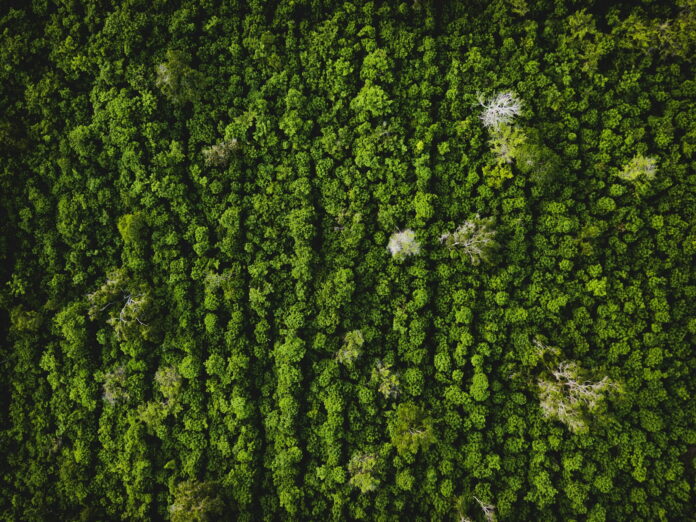As the globe grapples with unprecedented climatic changes, indigenous communities stand out as critical repositories of knowledge and practices honed over millennia. Their intimate connection with the land has fostered a profound understanding of natural cycles and sustainable living.
Indigenous Wisdom in Action
Indigenous wisdom, a culmination of centuries-old practices and observations, offers invaluable insights into responsible stewardship of the environment. This knowledge, passed down through generations, encompasses a deep understanding of local ecosystems, weather patterns, and the interconnectedness of life. In regions such as the Amazon Basin, indigenous groups have effectively managed biodiversity through practices like shifting cultivation and agroforestry, which enhance soil fertility and forest health. Additionally, the traditional ecological knowledge of the Inuit, relating to ice and wildlife behaviors, has been instrumental in adapting to changing conditions in the Arctic.
The application of indigenous wisdom is not merely retrospective but also a forward-looking approach that can address contemporary environmental challenges. For instance, indigenous fire management techniques, such as controlled burns practiced by Aboriginal Australians, are being recognized for their potential to mitigate the severity of wildfires – a growing threat exacerbated by climate change. The water conservation strategies of the Native American tribes, which involve the creation of intricate irrigation systems, demonstrate a sophisticated understanding of sustainable water management that can inform modern practices.
Engagement with indigenous communities and integration of their knowledge into broader environmental strategies can lead to more effective and culturally sensitive approaches to conservation. By valuing and validating the ecological insights of these communities, governments and organizations can foster partnerships that not only preserve traditional practices but also innovate upon them to tackle the climate crisis. Such collaborative efforts can result in practical, locally-tuned solutions that have endured and evolved over time to support sustainable living in harmony with nature.
Enhancing Resilience Together
The collaboration between indigenous communities and non-indigenous stakeholders—such as environmental organizations, governments, and the scientific community—is pivotal in enhancing climate resilience. Through partnerships, there is an opportunity to bridge traditional knowledge with scientific research, creating a more comprehensive understanding of environmental phenomena and developing robust strategies for adaptation and mitigation. The Māori concept of “Kaitiakitanga,” which translates to guardianship and protection, is an example of an indigenous principle that can guide collaborative conservation efforts, emphasizing a duty of care for the environment.
Indigenous peoples are often the most directly affected by climate change, despite contributing the least to its causes. This disproportionate impact calls for an inclusive approach to climate resilience that prioritizes the voices and rights of indigenous communities. The United Nations Declaration on the Rights of Indigenous Peoples (UNDRIP) advocates for their consent and involvement in decision-making processes that affect their lands and livelihoods. By ensuring that indigenous perspectives are integral to policy and practice, resilience efforts can be more equitable and effective.
Collaborations can help in scaling up indigenous practices that contribute to climate resilience. For example, community-based resource management systems can be adapted to broader geographies, strengthening ecosystem services and enhancing biodiversity. Such scaling up must, however, be done with sensitivity to local contexts and cultural nuances, ensuring that indigenous knowledge is not appropriated but rather respected and integrated in a manner that benefits all parties involved. This respectful synergy can thus provide a foundation for a resilient future, rooted in the wisdom of those who have lived sustainably for generations.
Sustainable Practices for the Future
The sustainable practices of indigenous communities offer a blueprint for living in balance with nature. These practices, which encompass areas such as agriculture, resource management, and urban planning, are inherently low-impact and community-oriented. They often employ circular economy principles, where nothing is wasted, and everything has a purpose. For example, the concept of “The Three Sisters” in indigenous North American agriculture – planting corn, beans, and squash together – creates a system where the plants benefit each other, promoting soil health and reducing the need for chemical inputs.
Looking ahead, the integration of indigenous practices into modern sustainability efforts can catalyze a shift towards more resilient and adaptable systems. The use of traditional crop varieties, known for their resilience to climate variability, can be an essential part of food security planning in the face of climate change. Additionally, the indigenous philosophy of living within one’s means, or “Buen Vivir,” challenges the mainstream growth-centric models of development and proposes an alternative that focuses on well-being and harmony with nature.
To ensure that these sustainable practices persist and evolve, there needs to be a concerted effort to support and empower indigenous communities. This includes protecting their land rights, investing in the transmission of traditional knowledge to younger generations, and fostering environments where indigenous practices are not just preserved but actively integrated into national and global sustainability strategies. By doing so, we can create a future that is not only climate-resilient but also inclusive, equitable, and sustainable for all.
Indigenous insights into environmental stewardship and sustainable living are invaluable assets in the global effort to build climate resilience. The actionable wisdom of indigenous communities, when coupled with collaborative efforts and sustainable practices, provides a foundation for a future that is adaptable, equitable, and respectful of the Earth’s natural systems. By recognizing and integrating these insights into broader environmental strategies, we can forge a path that honors the legacy of indigenous peoples while addressing the pressing challenges of our time. It is through this symbiotic relationship that we can hope to sustain the health of our planet for generations to come.
